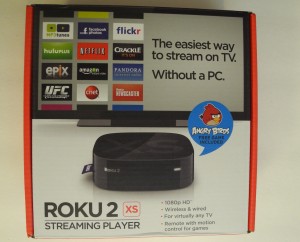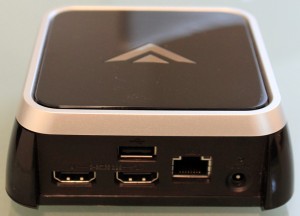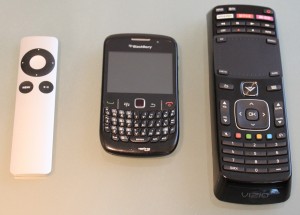Netflix Announces Major ISPs Deploying Their CDN Caches; New 3D Streaming
Last June, Netflix announced plans to build out their own content delivery network by giving ISPs free caches to place inside their networks. Called Open Connect, Netflix’s new platform allows network operators to provide higher quality streaming and more importantly, gives them control over the video that flows through their pipes. This morning, Netflix announced which ISPs have joined the program which include Cablevision (U.S.), Virgin Media (UK), British Telecom (UK), Telmex (Latin America), Telus (Canada), TDC (Denmark) and GVT (Latin America).
Netflix says that Open Connect is now serving the “vast majority” of Netflix video in Europe, Canada and Latin America. Netflix wouldn’t clarify exactly how much of their traffic that is, but did say back in June that more than 50% of their traffic in the UK alone was coming from their new CDN platform, so clearly it’s grown quite a bit since then. Netflix said their goal is to have “all of our members served by Open Connect as soon as possible” and while they haven’t given out a time frame just yet, realistically it would probably take them 24-36 months to have nearly all of their International and U.S. video streams being delivered from inside ISP networks.
In addition, Netflix says that their Open Connect partners now have the ability to offer a limited number of videos in Super HD and 3D streaming, with 3D streaming being limited to North America only. I tried to see if I could test one of the videos, but my ISP Verizon isn’t in Netflix’s Open Connect program. Netflix has launched a new page on their website where consumers can check to see if their ISP is in the Open Connect program by simply going to www.netflix.com/superhd.
Netflix told me their Super HD videos are encoded for 7 Mbps and that the 3D streaming videos require 12 Mbps at the high end. Currently, only the PS3, WiiU, Windows 8 devices, Roku, Apple TVs (1080p model) and select smart TVs and Blu-Ray players are supported.
It’s also interesting to think about how Netflix’s Open Connect program could help protect their business. For some time now, service providers have been feeling the pressure by having to backhaul a lot of Netflix’s traffic, at their own cost. They only thing they can do to combat it is spend money to built-out, which means they put that pressure back on the consumer by raising rates or implementing caps. Over time, it will be very interesting to see if any of the ISPs that have Netflix caches inside their network allow content from Netflix not to count towards consumers caps. I don’t know of any ISPs currently thinking of doing that, but it’s something to keep an eye on.
Very_few content owners can build out their own CDN, but for Netflix it makes perfect sense. They have enough traffic to make it more cost-effective than using third-party CDNs and even more importantly, it allows them to provide an even better user experience. Based on recent data Netflix has given out, their average broadband stream is delivered at just over 2 Mbps and for mobile devices, those streams average 600 Kbps. So over time, their Open Connect initiative will allow customers to be able to get much better quality video, something every content owner is always striving to improve on.
If you’re interested in hearing more about Netflix’s CDN plans then save the date to join us on Monday May 20th at my Content Delivery Summit in NYC, where Ken Florance, VP of Content Delivery for Netflix will be our opening keynote speaker.
Read more:
– Netflix’s Streaming Cost Per Movie Drops 50% From 2009, Expected To Spend $50M In 2012
– Netflix’s CDN News Being Overblown By Many Wall Street Analysts, Focus On The Facts
– Average Family Of Four Probably Has 10 Netflix Enabled Devices In Their Home Today
– Netflix Announces New Content Delivery Network, Offering Free Caches To ISPs




